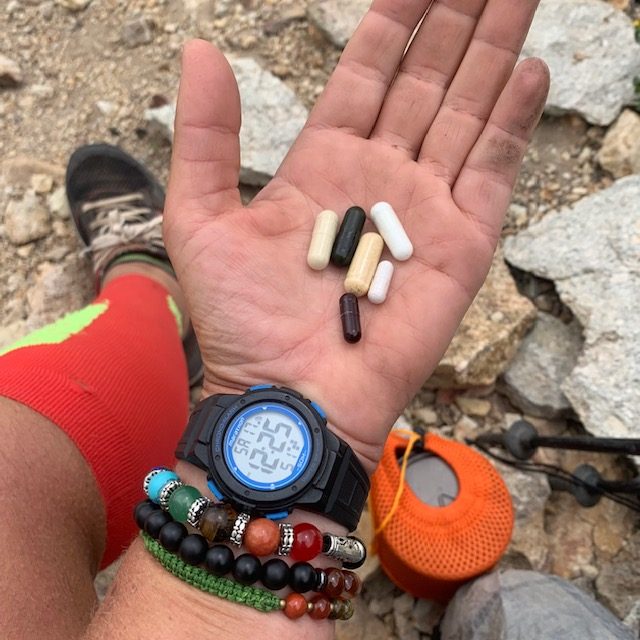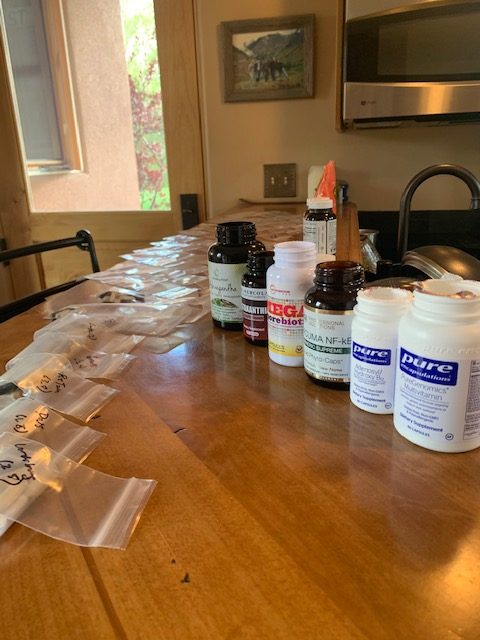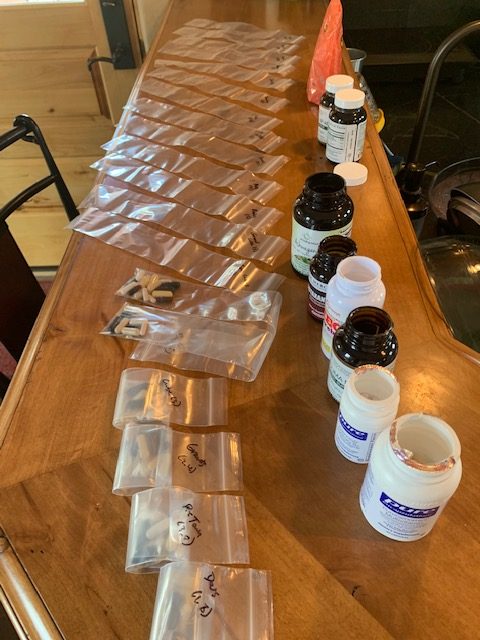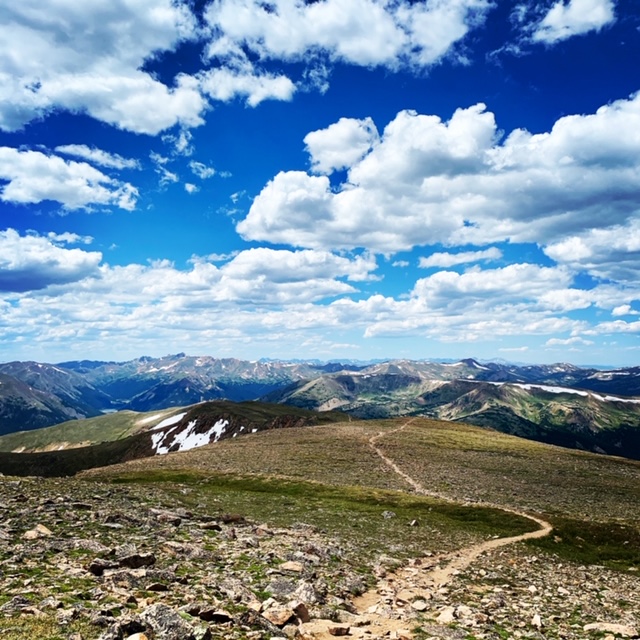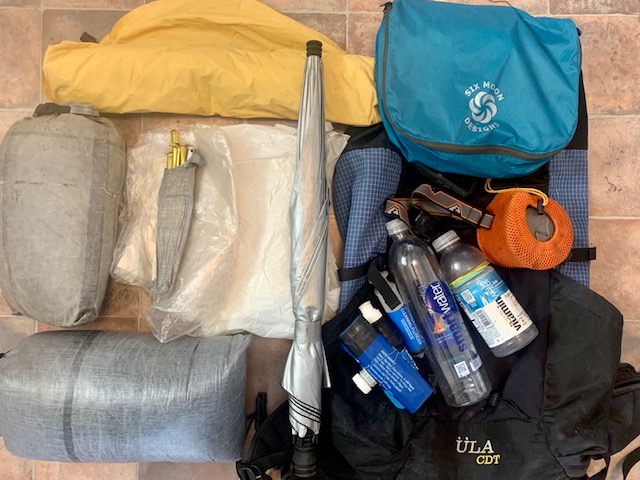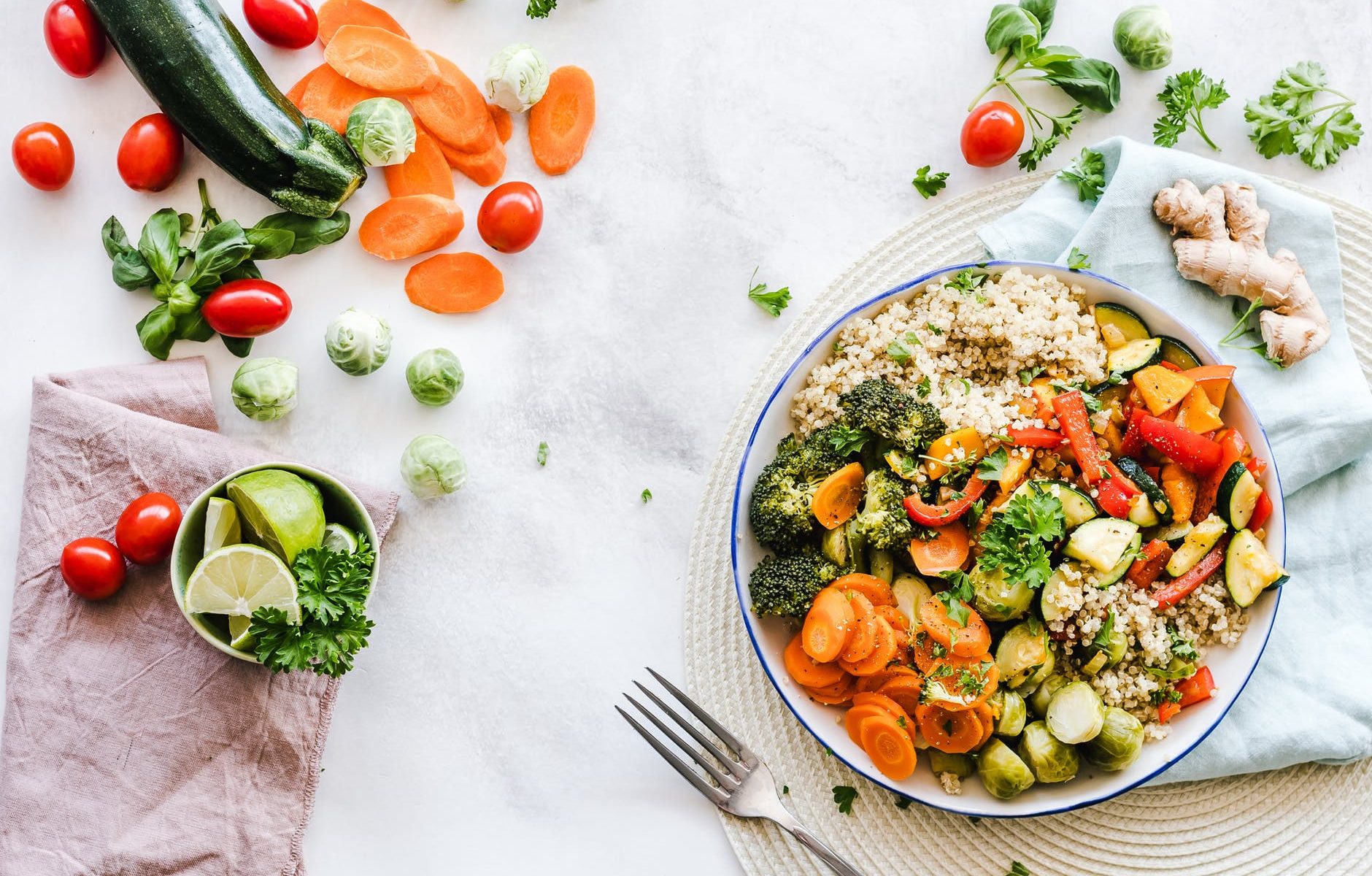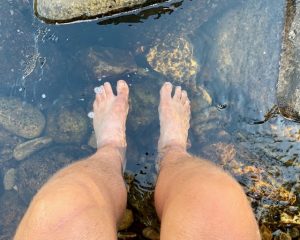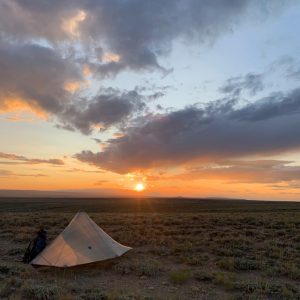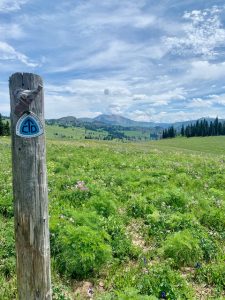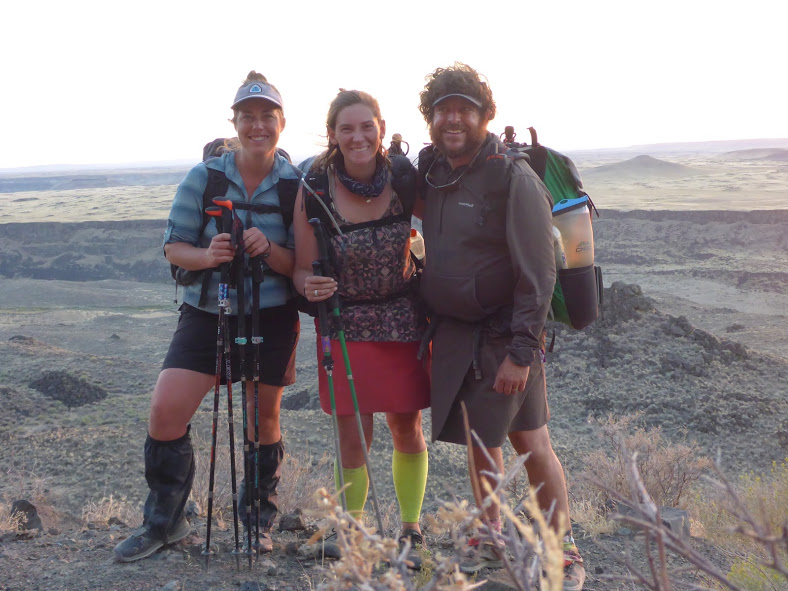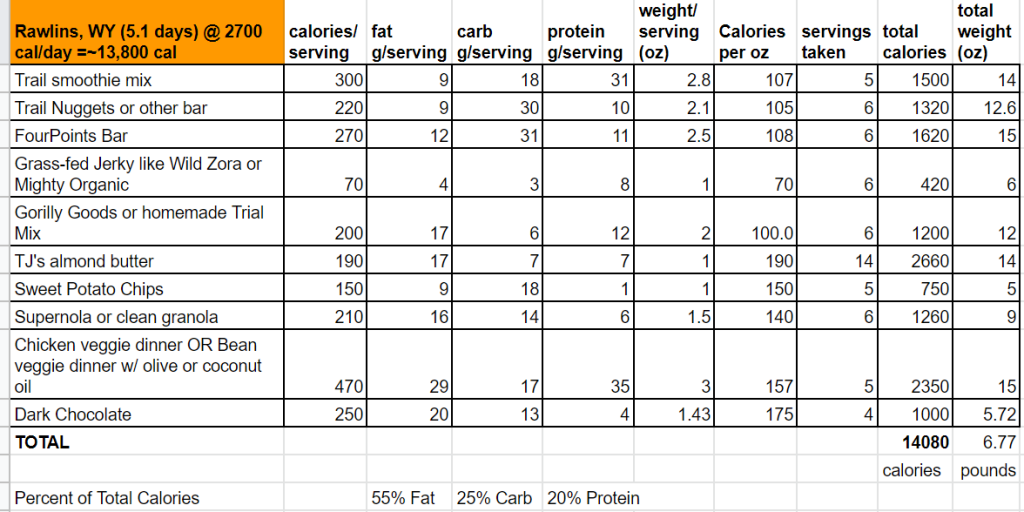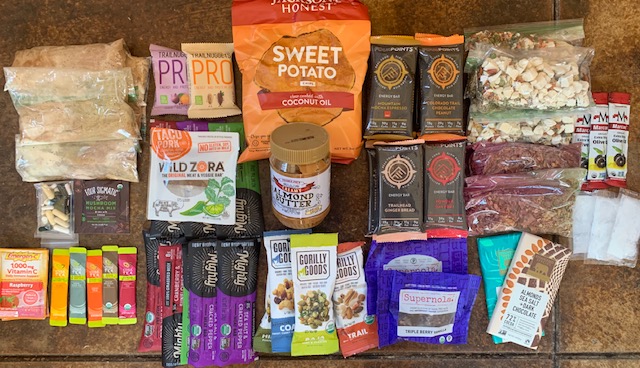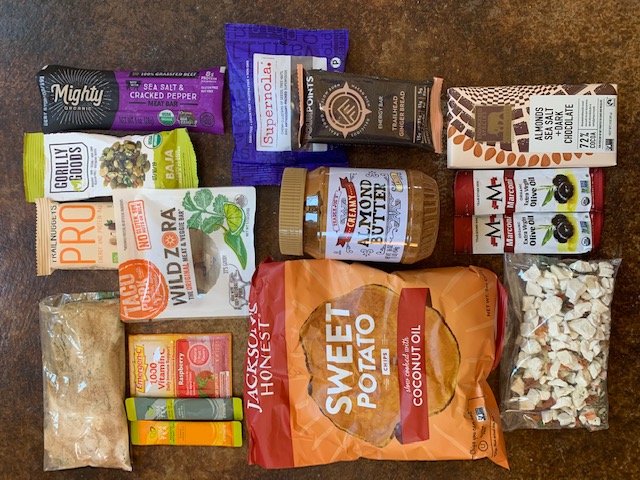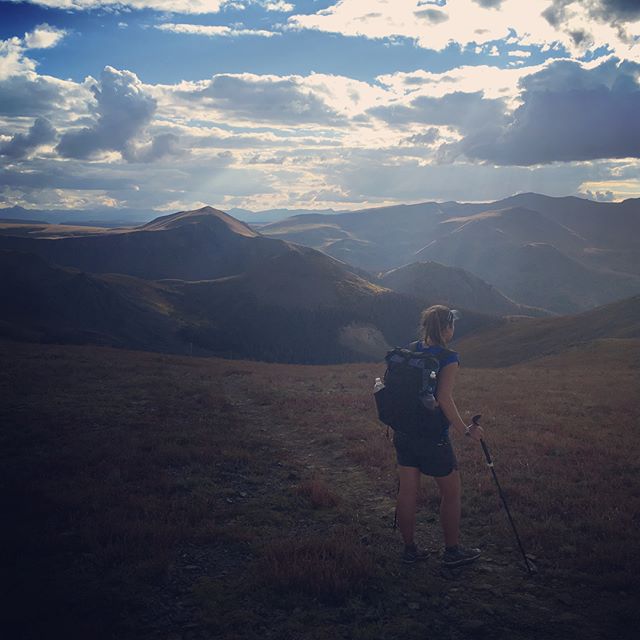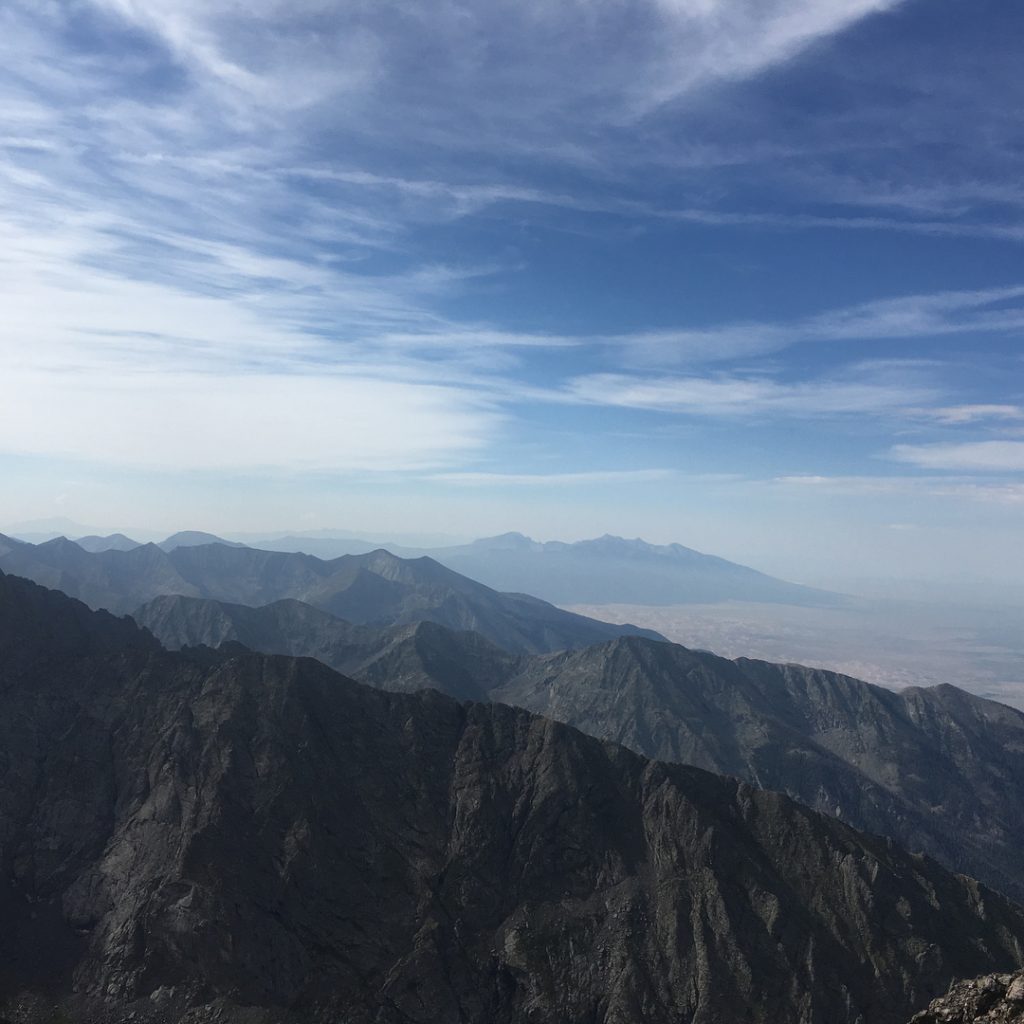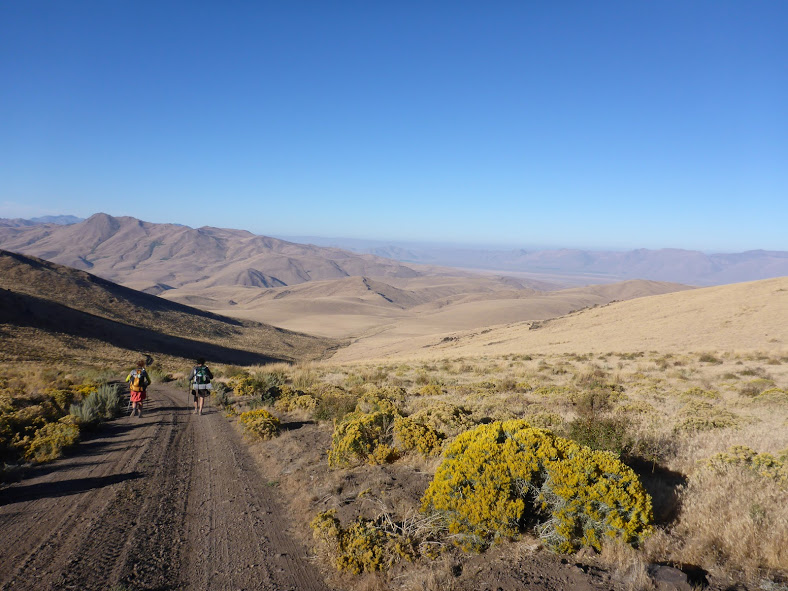When it comes to making progress in anything, being consistent is key. As I often talk about with clients, it’s not one meal, or even one day, of poor choices that ruins your progress. It’s what you do day in and day out, over time.
Staying consistent is something that most of us struggle with at some point, especially when we’re first implementing new habits. Maybe it’s staying consistent with your 5am workouts or sticking with your keto (or paleo or vegan or whole foods or…) eating plan. Or maybe you want to meditate daily or stop drinking sugary beverages.
Your start with good intentions. You’re so dedicated to sticking with your goal that you can’t imagine how anything could possibly get in your way. And then the dog pukes on the carpet right when you’re headed to spin class or you didn’t have time to hit the grocery store and now you don’t have healthy snacks on hand.
Suddenly, all bets are off. Your good intentions fall by the wayside and you end the day feeling defeated. You vow to try again tomorrow. Or, worse, you let the failure feeling spiral into the F-it mentality. I ate one slice of cake, so now I may as well eat 4. Sound familiar?
Progress, Not Perfection
Implementing and sticking to your well-intentioned plan can be a challenge. Fortunately, there are a few tools you can use to set yourself up for a greater likelihood of success. We’ll cover that in a moment. But first, it’s important to remember that you don’t have to be perfect in your habits to make progress towards your goal.
In fact, I recently read an article where the authors analyzed over 1000 nutrition clients to assess how consistent you need to be to see body transformations over the course of a year. It turns out that you don’t need 100% consistency to see results. Even a little bit (10-49%) of consistency in your health habits resulted in an average of 11 pounds lost and a 5-6% reduction in body fat. Of course, more consistency led to greater results, but the point is that you can let go of the idea that you need to be perfect to see results. You can miss your health habit half of the time and still see progress. Whew, what a relief!
Habits are the Foundation
When it comes to consistency, building in habits is key. Whether ongoing research determines that willpower is finite or that it behaves more like an emotion that ebbs and flows, the argument for creating habits to achieve our ideal outcome remains the same.
When habits are in place, we no longer rely on willpower to do what we know we ‘should’ do. Once we’ve put in the effort to establish the habit, it more or less keeps going on auto-pilot, and we can direct that precious energy elsewhere.
When it comes to creating habits, and being consistent, here are 7 tools to set you up for success.
Know Your WHY
This seems obvious, but it’s so often overlooked. It’s truly the foundation for everything. When you know your WHY, you’re more motivated, and the obstacles which will inevitably arise, are easier to overcome.
Take 3 minutes, get quiet, and understand your true motivation for wanting to implement a certain new habit. Allow the truth to come up without judgment. Do you want to be healthy so you can play with your kids? Do you want to lose 10 pounds so you look better naked? Do you want to journal everyday because it helps you be a better spouse? Whatever it is, write it in a note on your phone and revisit it often. Daily is ideal. Stay very connected to your WHY.
Start Small
Baby steps. Don’t overhaul your entire life and attempt to change all your habits at once. Let’s call this the New Year’s Eve effect. We all know that person who is a sedentary junk food eater and decides to quit smoking, go vegan, and start working out daily all within the first week of January. What happens? By January 7, they’re back to their old habits, feeling like a failure.
Sustainable change and new habits happen one building block at a time. Focus on one new habit for at least 2 weeks before moving on to the next. If this habit is a particularly big change, give it your mono-focus for longer. Additionally, if your desired outcome is a big leap from where you are now, create ‘stepping stone’ goals. These should be ridiculously easy to achieve. So easy that failure is impossible. This prevents overwhelm and creates positive momentum.
Do the Hard Things First
Prioritizing your challenging tasks is especially important when building in new habits. Implementing new behaviors requires energy input, which is often higher at the beginning of the day. Furthermore, when it comes to something like working out, it’s often easier to fit it in first thing in the morning, before the chance arises for something to throw our well-meaning plan off course (i.e. an unscheduled meeting, an unexpected phone call, an appointment that runs long, etc.).
Set Yourself Up for Success
Remove as much thought and effort from the process as possible. For example, when it comes to maintaining healthy eating habits, try meal prepping, a home delivery service, or keeping the pantry stocked with staples for quick healthy meals. This way, you don’t end up making poor choices because you got home late and didn’t have the time or energy to make something healthy. Likewise, say your goal is to go for a 30 minute walk every morning. Set your outfit out the night before, prep your coffee or breakfast in advance, and set your shoes by the door.
Essentially, do whatever you can to make it easy to follow through with your desired habit.
Create Accountability
This is more important for some people than for others, so it’s helpful to know yourself. If you know that you do better when someone is counting on you to show up, then create accountability around your desired habit.
This might be connecting with a workout buddy or a trainer who meets you at the gym 4 days per week. Or perhaps this looks like you announcing your goal to a supportive group that can hold you accountable. Or if you’re really committed, you enlist the help of a coach who helps you clearly define your goals and then keeps you on track towards reaching them.
Track Your Progress
In the same vein as creating accountability, tracking your progress can be a powerful way to build momentum. You could use a basic wall calendar where you mark each day with an “X” when you perform your habit. Put the calendar where you will see it daily and never let two days in a row go by where you don’t have an “X” on your calendar.
When I work with clients, we use a simple spreadsheet to track consistency. We both have access to the spreadsheet and I review it regularly, which also leverages the accountability principle.
Identify Potential Obstacles & Develop a Plan (ie. Worse Case Scenario Thinking)
It’s so much easier to make the ‘right choice’ when we envision in advance what might go wrong and how we’ll handle it. I do this all the time in the wilderness. What would I do if a bear ate all my food tonight? What would I do if I encounter a creep while I’m out here alone? What would I do if I got bitten by a venomous snake while I’m hiking alone? I run through all these ‘worse case scenarios’ and decide how I would proceed. That way, should any of these events occur, I’m not caught off guard. I don’t have to think through how I’ll proceed in the moment. I already know.
You can leverage this same principle with developing habits and staying consistent. For one week, pay attention to the times that you don’t follow through with your desired habit. What are the circumstances when this happens? What is your ‘excuse’? No time? No healthy food on hand? It was raining so you couldn’t go out for a walk?
What are all the ways that you currently throw you off or that could potentially throw you off? Write them down. Now, go back down the list and decide what you could do in advance to prevent that from happening or to handle the event so you could still accomplish your habit.
Perhaps the solution is to schedule 2 hours of meal prep every Sunday evening so you’re set up for healthy eating all week. Perhaps you hire a trainer for a month so you learn the ropes at the gym and feel confident with your workouts.
Identifying our obstacles in advance helps us to make the right choice when/if we do bump up against an obstacle that threatens to derail our plan. When we’ve made the decision ahead of time, we tend to follow through more in the moment.
“Fall seven times and stand up eight” -Japanese Proverb
Remember, progress, not perfection. If you’re reading this, it’s quite possible you’re am ambitious, type A, overachiever. You’re likely used to doing well at things and you may even have the habit of beating yourself up when you ‘fail’. Hey, I get it.
But, please, don’t waste your precious life energy doing that. If you fall off the wagon, pick yourself back up and start over. That’s it. We’re all human. We all mess up. Use that energy that you would’ve put towards self-flagellation and redirect it towards getting back on track.


